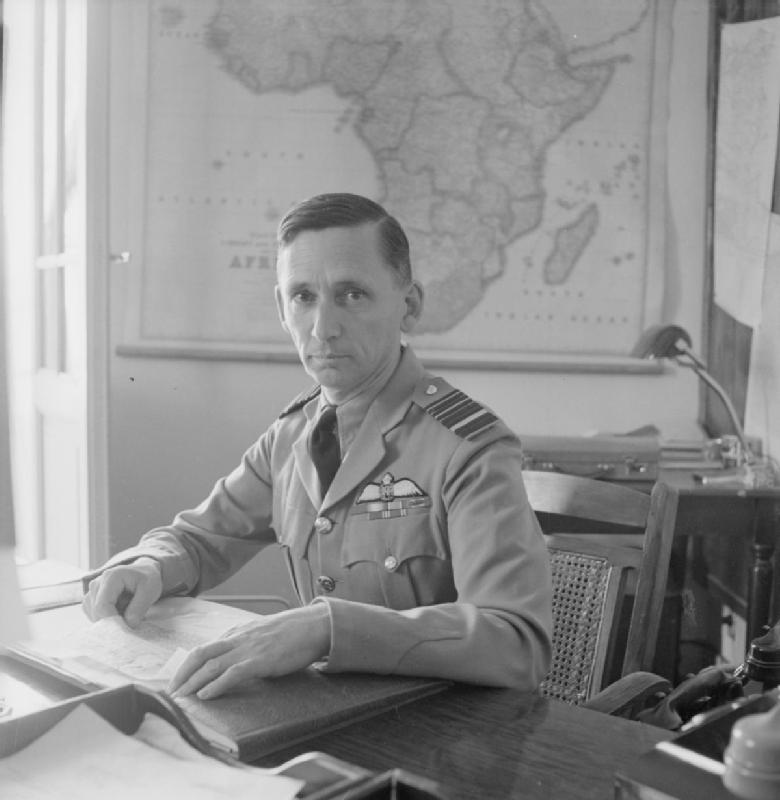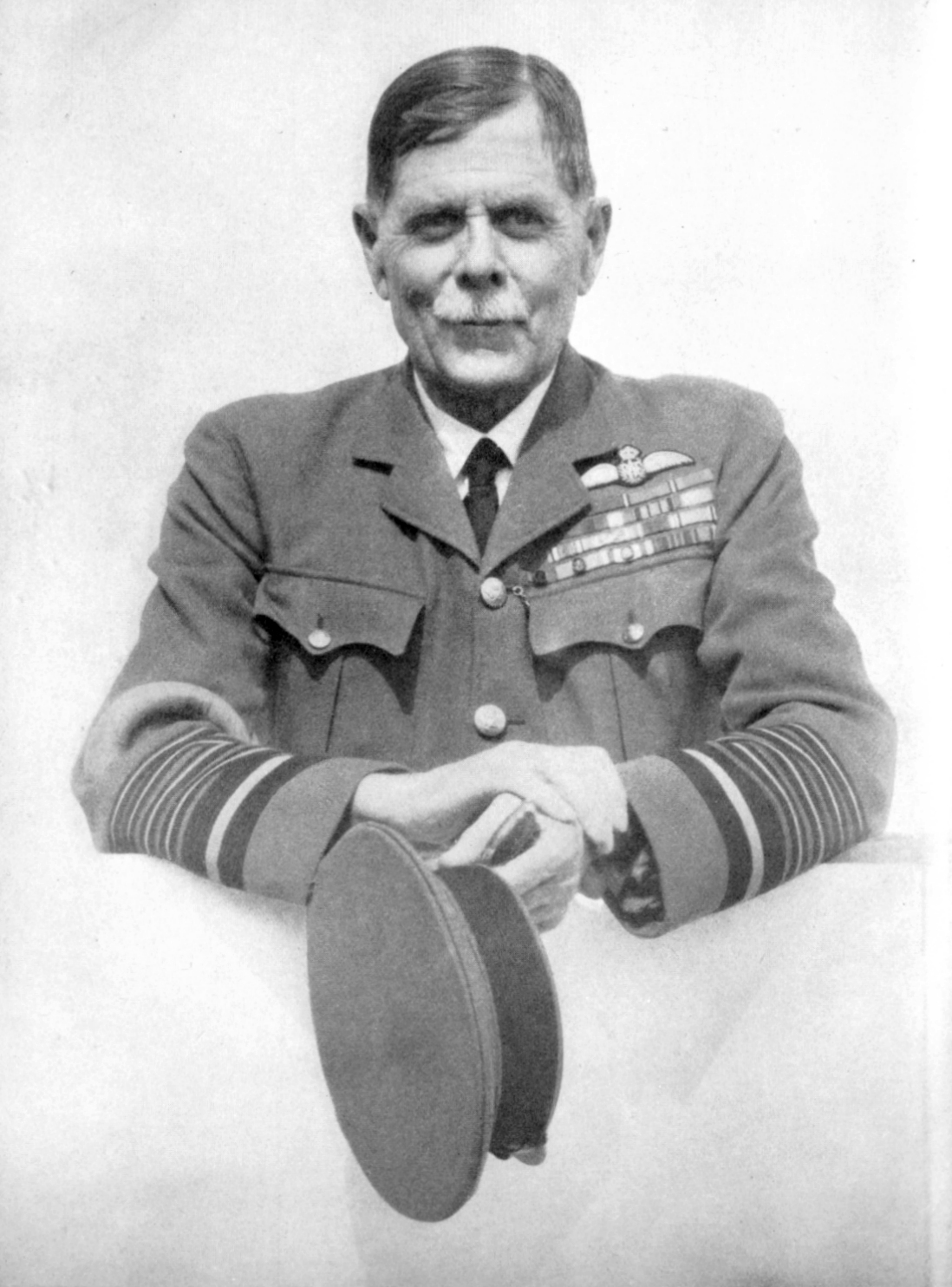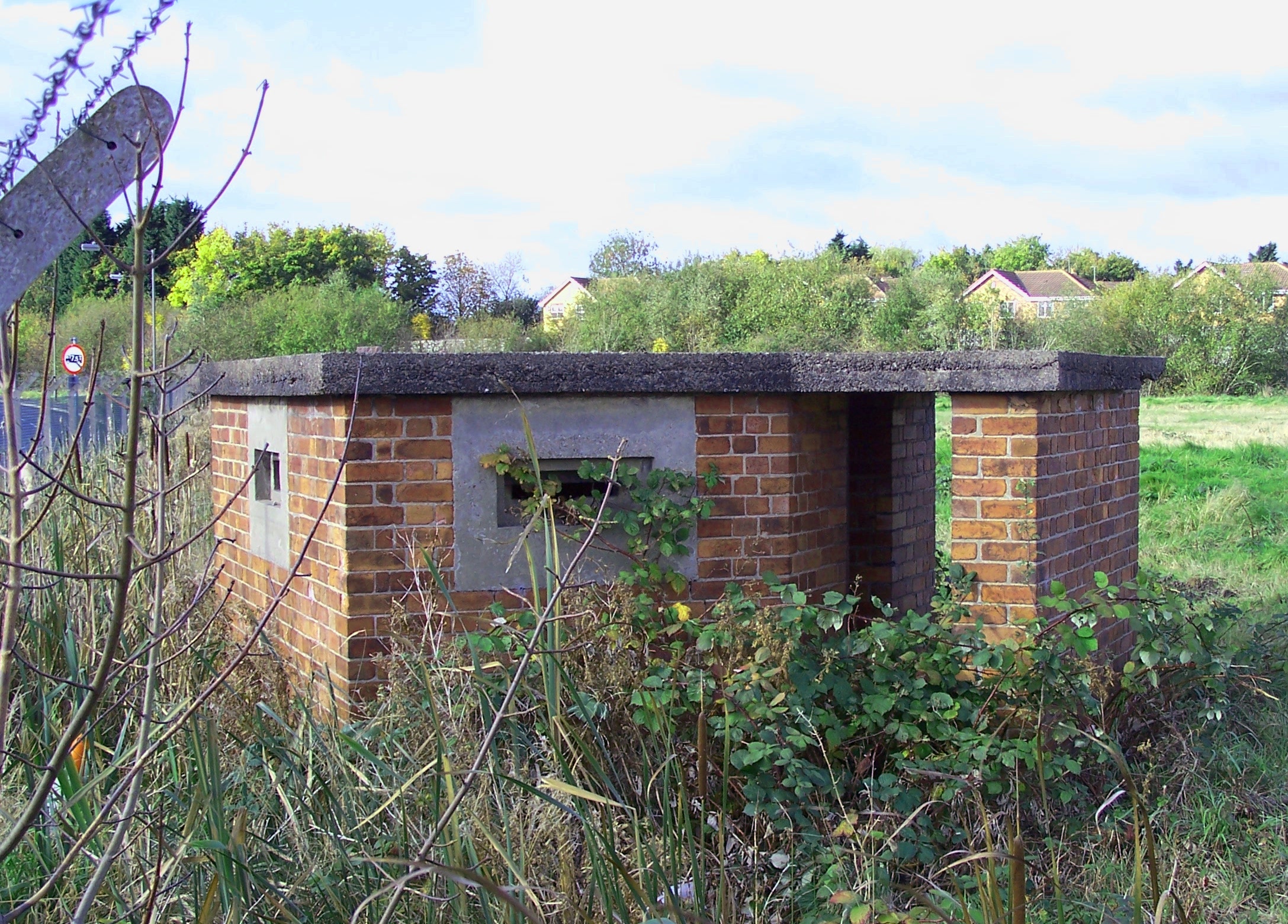|
Marble Hall, Derby
The Marble Hall is an office block of the former Rolls-Royce Limited factory in Osmaston, Derby, in England. The factory was developed from 1907 to manufacture the Rolls-Royce Silver Ghost. The Marble Hall was built in 1912 and was the site of important decisions made during Rolls-Royce's history as a car and aircraft engine manufacturer. The Marble Hall was significantly altered in 1938 adding a classical style entrance way clad in Portland stone and a porte-cochère from which customers could collect their finished cars. The factory closed in 2008, the Marble Hall came into the ownership of Derby City Council and from 2014 was refurbished to provide offices for small and medium-sized enterprises. Description The Marble Hall is a long structure, rectangular in plan, facing onto Nightingale Road, Osmaston, which runs north-east to south-west. It is a steel frame with red brick, terracotta and Portland stone features. The main façade, more than long, is 2-storeys in height a ... [...More Info...] [...Related Items...] OR: [Wikipedia] [Google] [Baidu] |
Derby - Rolls-Royce Factory (geograph 2157711)
Derby ( ) is a city and unitary authority area in Derbyshire, England. It lies on the banks of the River Derwent in the south of Derbyshire, which is in the East Midlands Region. It was traditionally the county town of Derbyshire. Derby gained city status in 1977, the population size has increased by 5.1%, from around 248,800 in 2011 to 261,400 in 2021. Derby was settled by Romans, who established the town of Derventio, later captured by the Anglo-Saxons, and later still by the Vikings, who made their town of one of the Five Boroughs of the Danelaw. Initially a market town, Derby grew rapidly in the industrial era. Home to Lombe's Mill, an early British factory, Derby has a claim to be one of the birthplaces of the Industrial Revolution. It contains the southern part of the Derwent Valley Mills World Heritage Site. With the arrival of the railways in the 19th century, Derby became a centre of the British rail industry. Derby is a centre for advanced transport manufactur ... [...More Info...] [...Related Items...] OR: [Wikipedia] [Google] [Baidu] |
Henry Royce
Sir Frederick Henry Royce, 1st Baronet, (27 March 1863 – 22 April 1933) was an English engineer famous for his designs of car and aeroplane engines with a reputation for reliability and longevity. With Charles Rolls (1877–1910) and Claude Johnson (1864–1926), he founded Rolls-Royce. Rolls-Royce initially focused on large 40-50 horsepower motor cars, the Silver Ghost and its successors. Royce produced his first aero engine shortly after the outbreak of the First World War and aircraft engines became Rolls-Royce's principal product. Royce's health broke down in 1911 and he was persuaded to leave his factory in the Midlands at Derby and, taking a team of designers, move to the south of England spending winters in the south of France. He died at his home in Sussex in the spring of 1933. Early life Royce was born in Alwalton, Huntingdonshire, near Peterborough in 1863 to James and Mary Royce (née King). He was the youngest of their five children. His father ran a flou ... [...More Info...] [...Related Items...] OR: [Wikipedia] [Google] [Baidu] |
Historic England
Historic England (officially the Historic Buildings and Monuments Commission for England) is an executive non-departmental public body of the British Government sponsored by the Department for Digital, Culture, Media and Sport. It is tasked with protecting the historic environment of England by preserving and listing historic buildings, scheduling ancient monuments, registering historic Parks and Gardens and by advising central and local government. The body was officially created by the National Heritage Act 1983, and operated from April 1984 to April 2015 under the name of English Heritage. In 2015, following the changes to English Heritage's structure that moved the protection of the National Heritage Collection into the voluntary sector in the English Heritage Trust, the body that remained was rebranded as Historic England. The body also inherited the Historic England Archive from the old English Heritage, and projects linked to the archive such as Britain from Above ... [...More Info...] [...Related Items...] OR: [Wikipedia] [Google] [Baidu] |
Arthur Tedder, 1st Baron Tedder
Marshal of the Royal Air Force Arthur William Tedder, 1st Baron Tedder, (11 July 1890 – 3 June 1967) was a senior Royal Air Force commander. He was a pilot and squadron commander in the Royal Flying Corps in the First World War and he went on to serve as a senior officer in the Royal Air Force during the inter-war years when he served in Turkey, Great Britain and the Far East. During the Second World War, as Air Officer Commanding RAF Middle East Command, Tedder directed air operations in the Mediterranean and North Africa, including the evacuation of Crete and ''Operation Crusader'' in North Africa. His bombing tactics became known as the "Tedder Carpet". Later in the war Tedder took command of Mediterranean Air Command and in that role was closely involved in the planning of the Allied invasion of Sicily and then the Allied invasion of Italy. When Operation Overlord—the invasion of France—came to be planned, Tedder was appointed Deputy Supreme Commander at Supreme Headq ... [...More Info...] [...Related Items...] OR: [Wikipedia] [Google] [Baidu] |
Marshal Of The Royal Air Force
Marshal of the Royal Air Force (MRAF) is the highest rank in the Royal Air Force (RAF). In peacetime it was granted to RAF officers in the appointment of Chief of the Defence Staff (CDS), and to retired Chiefs of the Air Staff (CAS), who were promoted to it on their last day of service. While surviving Marshals of the RAF retain the rank for life, the highest rank to which officers on active service are promoted is now air chief marshal. Although general promotions to Marshal of the Royal Air Force have been discontinued since the British defence cuts of the 1990s, further promotions to the rank may still be made in wartime, for members of the Royal Family and certain very senior RAF air officers in peacetime at the discretion of the monarch; all such promotions in peacetime are only honorary, however. In 2012, the then Prince of Wales was promoted to the rank in recognition of his support for his mother, Queen Elizabeth II, in her capacity as head of the armed forces (commande ... [...More Info...] [...Related Items...] OR: [Wikipedia] [Google] [Baidu] |
Battle Of Britain
The Battle of Britain, also known as the Air Battle for England (german: die Luftschlacht um England), was a military campaign of the Second World War, in which the Royal Air Force (RAF) and the Fleet Air Arm (FAA) of the Royal Navy defended the United Kingdom (UK) against large-scale attacks by Nazi Germany's air force, the Luftwaffe. It was the first major military campaign fought entirely by air forces."92 Squadron – Geoffrey Wellum." ''Battle of Britain Memorial Flight'' via ''raf.mod.uk.''. Retrieved: 17 November 2010, archived 2 March 2009. The British officially recognise the battle's duration as being from 10 July until 31 October 1940, which overlaps the period of large-scale night attacks known as |
Rolls-Royce Battle Of Britain Memorial Window
The ''Rolls-Royce Battle of Britain Memorial Window'', is a stained glass window designed by Hugh Ray Easton, to commemorate the pilots of the Royal Air Force who fought in the Battle of Britain and the contribution of Rolls-Royce engineering to their victory. It was unveiled on 11 January 1949 in Rolls-Royce's Nightingale Road factory in Osmaston, Derby. Commission During the Second World War, between 1939 and 1945, Merlin engines which powered Hurricanes, Spitfires and Lancaster bombers, were built by Rolls-Royce at their factory in Derby. The window was commissioned by managing director of Rolls-Royce, Ernest Hives, 1st Baron Hives, later chairman of the company. It cost £3,145. Description The ''Rolls-Royce Battle of Britain Memorial Window'' is a stained glass window designed by Hugh Ray Easton, to commemorate the pilots of the Royal Air Force who fought in the Battle of Britain. It depicts an image of a Royal Air Force fighter pilot at the centre, below which is an i ... [...More Info...] [...Related Items...] OR: [Wikipedia] [Google] [Baidu] |
Second World War
World War II or the Second World War, often abbreviated as WWII or WW2, was a world war that lasted from 1939 to 1945. It involved the World War II by country, vast majority of the world's countries—including all of the great powers—forming two opposing military alliances: the Allies of World War II, Allies and the Axis powers. World War II was a total war that directly involved more than 100 million Military personnel, personnel from more than 30 countries. The major participants in the war threw their entire economic, industrial, and scientific capabilities behind the war effort, blurring the distinction between civilian and military resources. Air warfare of World War II, Aircraft played a major role in the conflict, enabling the strategic bombing of population centres and deploying the Atomic bombings of Hiroshima and Nagasaki, only two nuclear weapons ever used in war. World War II was by far the List of wars by death toll, deadliest conflict in hu ... [...More Info...] [...Related Items...] OR: [Wikipedia] [Google] [Baidu] |
Memorial To Those Who Died In The Bombing Of Rolls-Royce Derby
A memorial is an object or place which serves as a focus for the memory or the commemoration of something, usually an influential, deceased person or a historical, tragic event. Popular forms of memorials include landmark objects or works of art such as sculptures, statues or fountains and parks. Larger memorials may be known as monuments. Types The most common type of memorial is the gravestone or the memorial plaque. Also common are war memorials commemorating those who have died in wars. Memorials in the form of a cross are called intending crosses. Online memorials are often created on websites and social media to allow digital access as an alternative to physical memorials which may not be feasible or easily accessible. When somebody has died, the family may request that a memorial gift (usually money) be given to a designated charity, or that a tree be planted in memory of the person. Those temporary or makeshift memorials are also called grassroots memorials.''Gr ... [...More Info...] [...Related Items...] OR: [Wikipedia] [Google] [Baidu] |
Sinfin
Sinfin is a suburb of Derby, England, southwest of the city centre on its southern outskirts. The ward, which includes Osmaston as well as Sinfin itself, had a population of 15,128 in 2011. Historically, Sinfin and Osmaston were separate villages before being swallowed up by the expansion of Derby. Osmaston is characterised by inter-war housing developments while much of the housing in Sinfin is post-war. Between the two suburbs lies a more industrialised area dominated by the Rolls-Royce works. History Sinfin is recorded in the Domesday Book produced in 1086''Domesday Book: A Complete Transliteration''. London: Penguin, 2003. p.748 as Sedenfeld as a manor that belonged to baron Henry de Ferrers. Mention is made of two carucates of land assessed to the geld; land for one plough and two villeins having another and of of meadow. The land was valued at ten shillings. Its undertenant was named William, later William de Rolleston, a vassal to Henry de Ferrers, who displaced a ... [...More Info...] [...Related Items...] OR: [Wikipedia] [Google] [Baidu] |
Rolls-Royce Merlin
The Rolls-Royce Merlin is a British liquid-cooled V-12 piston aero engine of 27- litres (1,650 cu in) capacity. Rolls-Royce designed the engine and first ran it in 1933 as a private venture. Initially known as the PV-12, it was later called ''Merlin'' following the company convention of naming its four-stroke piston aero engines after birds of prey. After several modifications, the first production variants of the PV-12 were completed in 1936. The first operational aircraft to enter service using the Merlin were the Fairey Battle, Hawker Hurricane and Supermarine Spitfire. The Merlin remains most closely associated with the Spitfire and Hurricane, although the majority of the production run was for the four-engined Avro Lancaster heavy bomber. A series of rapidly-applied developments, brought about by wartime needs, markedly improved the engine's performance and durability. Starting at 1,000 hp for the first production models, most late war versions produced ... [...More Info...] [...Related Items...] OR: [Wikipedia] [Google] [Baidu] |
Interwar Period
In the history of the 20th century, the interwar period lasted from 11 November 1918 to 1 September 1939 (20 years, 9 months, 21 days), the end of the World War I, First World War to the beginning of the World War II, Second World War. The interwar period was relatively short, yet featured many significant social, political, and economic changes throughout the world. Petroleum-based energy production and associated mechanisation led to the prosperous Roaring Twenties, a time of both social mobility and economic mobility for the middle class. Automobiles, electric lighting, radio, and more became common among populations in the developed world. The indulgences of the era subsequently were followed by the Great Depression, an unprecedented worldwide economic downturn that severely damaged many of the world's largest economies. Politically, the era coincided with the rise of communism, starting in Russia with the October Revolution and Russian Civil War, at the end of World War I ... [...More Info...] [...Related Items...] OR: [Wikipedia] [Google] [Baidu] |
.jpg)








